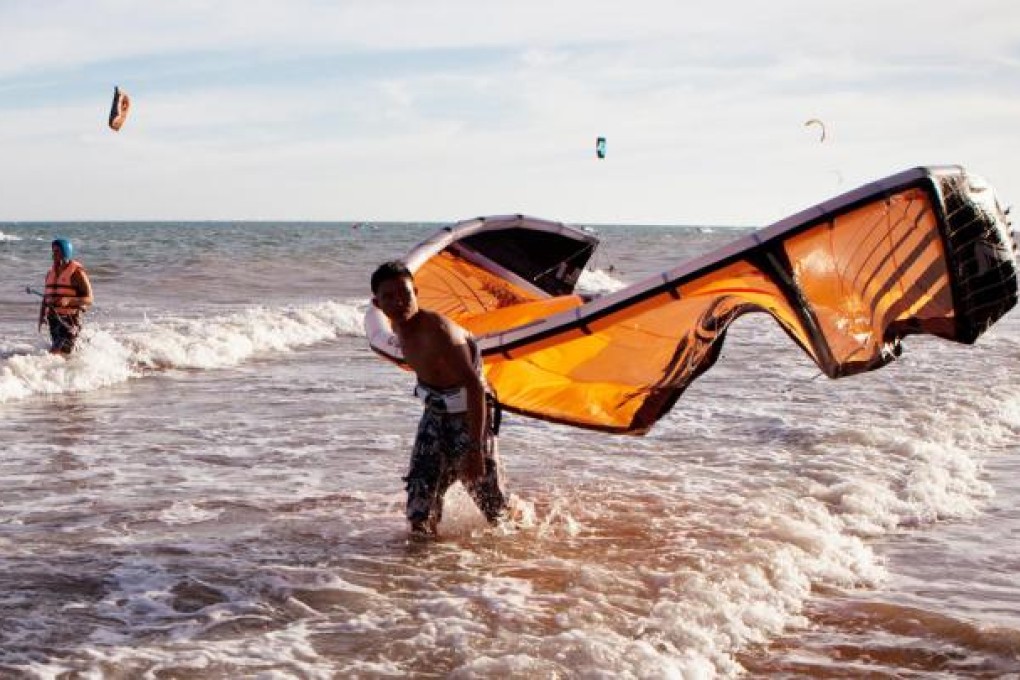Kitesurfing takes off in Mui Ne, Vietnam
A sleepy Vietnamese seaside village is taking off as kitesurfers flock to its shores, writesKit Gillet

For Mike Scribner, a suntanned and fast-talking American, the small landscaping business he has back home is simply a way to fund the four-month kitesurfing trips he takes to Vietnam every year.
For the past six years the 49-year-old has left the US as the cold weather kicks in and set up home in Mui Ne, a small Vietnamese beachside village. A decade ago Mui Ne was just a simple fishing village, but it is quickly becoming the Asian capital of one of the fastest-growing sports in the world: kitesurfing.
It's a clear day and more than 100 kites can be seen on the horizon, each with a small figure dangling below - a figure being pulled along at speed while bouncing along the surface of the water attached to a board.
With ideal weather, experienced kitesurfers off the coast at Mui Ne can pick up speed and launch themselves nine to 12 metres into the sky, staying in the air for more than 10 seconds before splashing back down onto the surface of the water. "Some guys just like to fly high," says Scribner with a smile, as he washes the sand off his kite.
Scribner is not alone in embracing the sport later in life, nor in allowing it to become an all-consuming passion.
"Back in 2009 I was laid off from my IT job, so decided to take some time off," says 47-year-old Briton, Sanjay Patel. "I was here for three months last year, and three already this year. Now I am planning to base myself in Mui Ne for several months a year and work remotely." The underlying message that his work day will now be dependent on the weather remains unsaid.